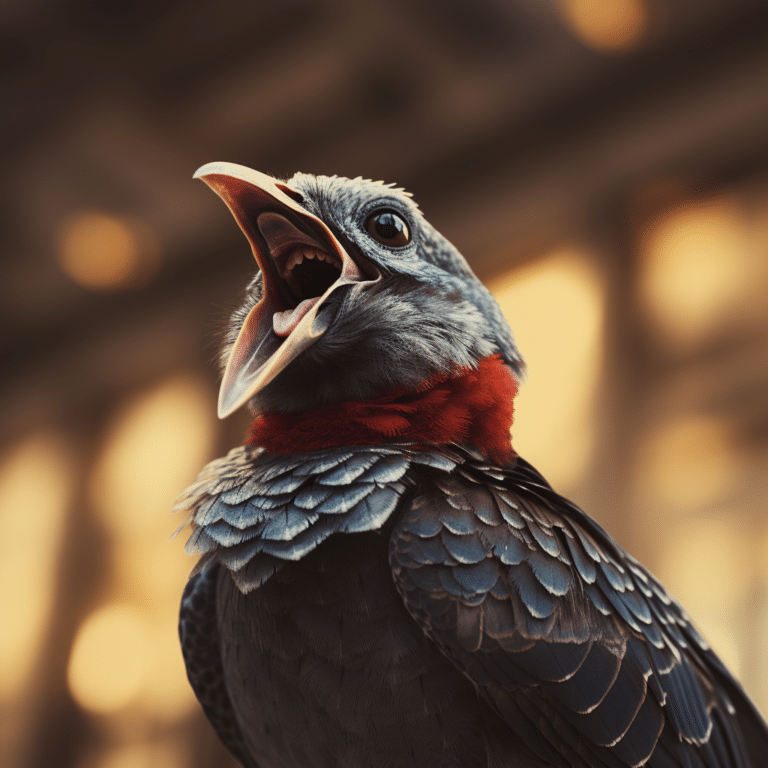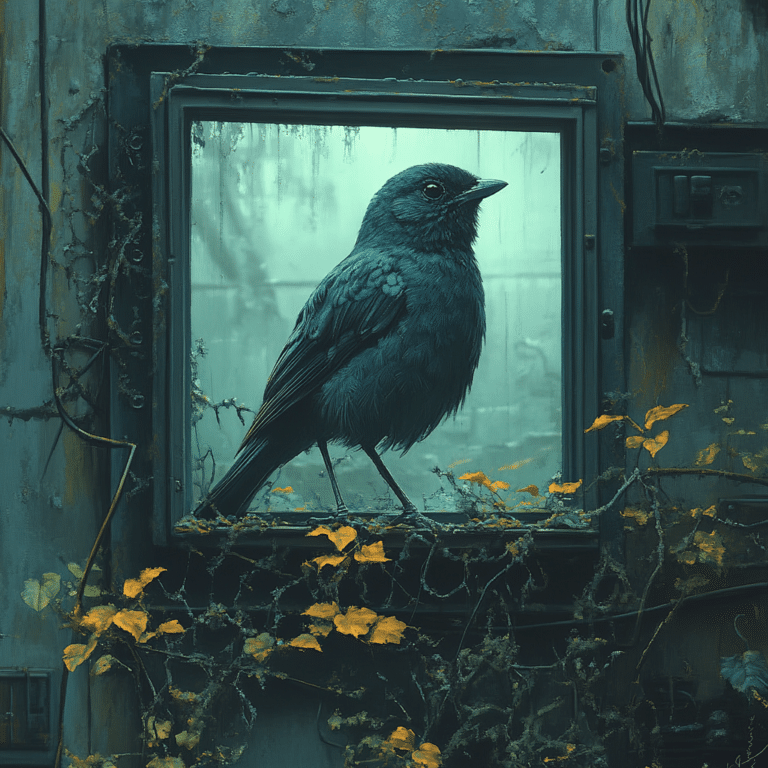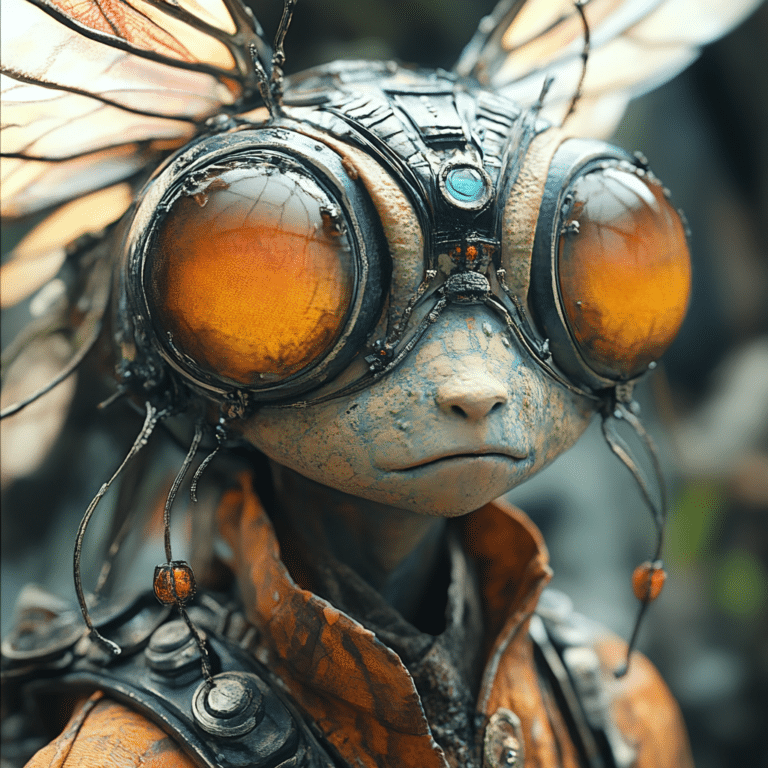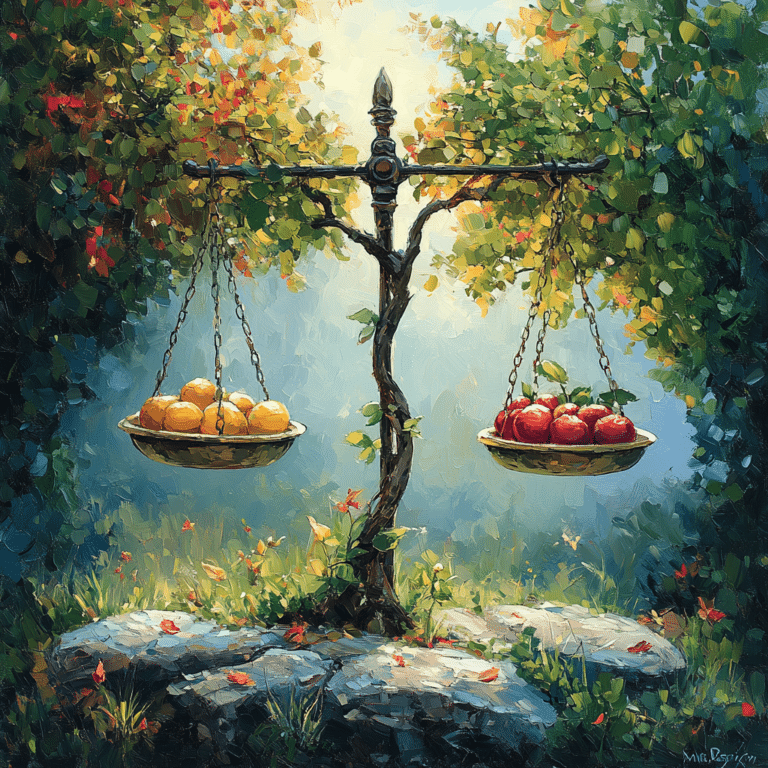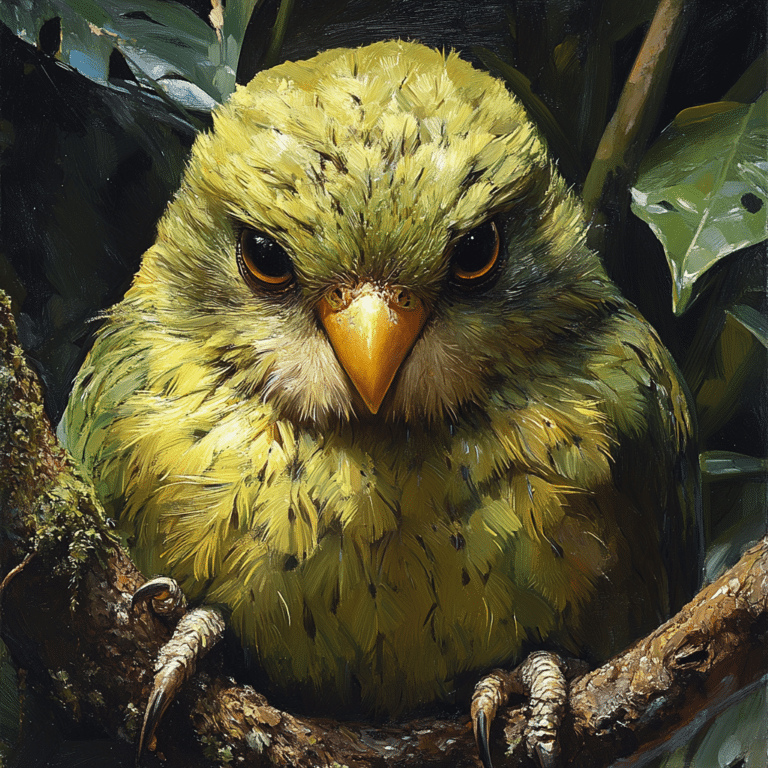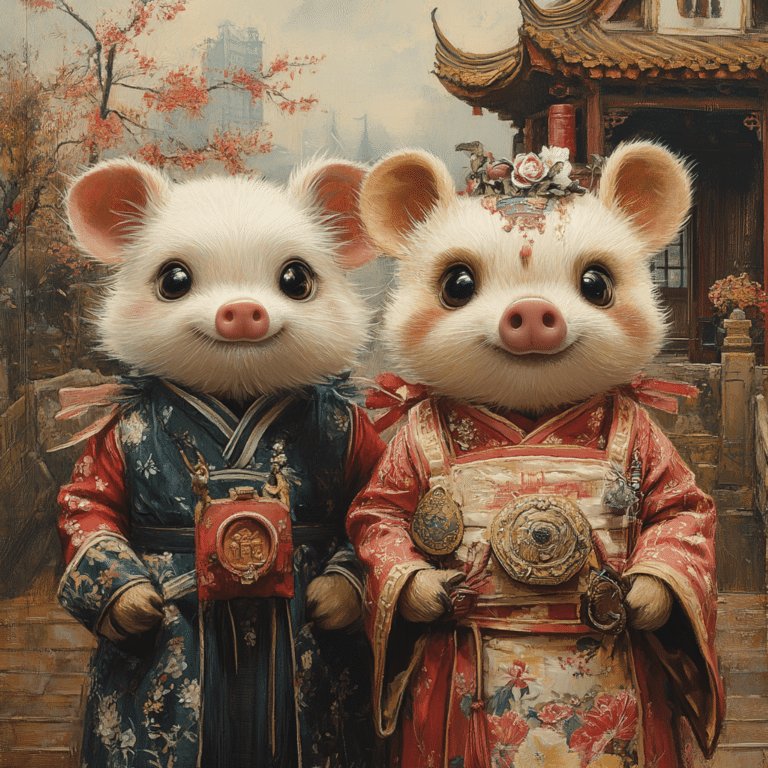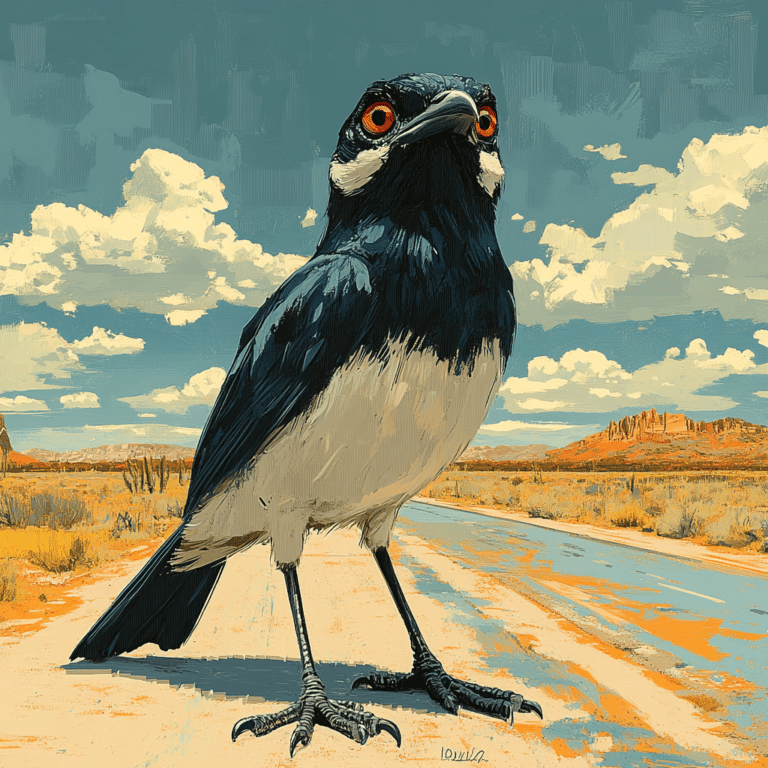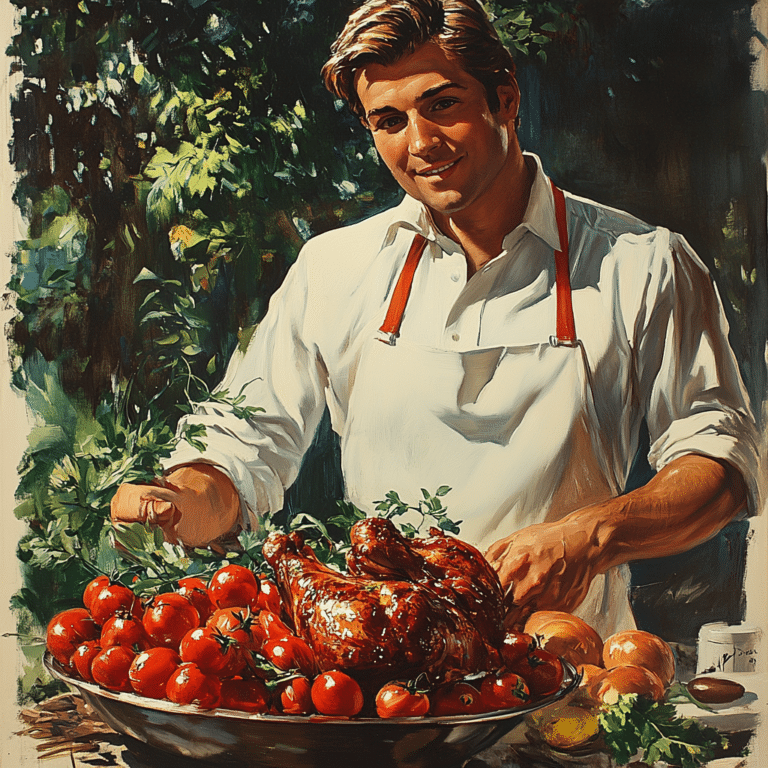The wild turkey – a bird so integral to the American landscape that it was once in the running to become the nation’s symbol. Beyond their prominence in American history and folklore, turkeys are known for their rich repertoire of calls – a true symphony of the wild, which encapsulates an intricate language we’re only beginning to decipher. Today, let’s journey through the kaleidoscope of turkey sounds, bringing us closer to understanding these vibrant avian characters.
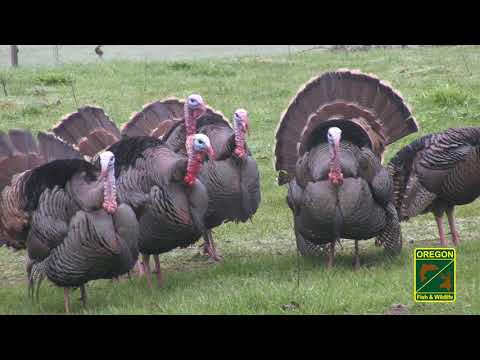
Unlocking the Secrets Behind the Turkey Gobble
You might think of the turkey gobble as nature’s wake-up call, a raucous declaration at the crack of dawn, but there’s much more to it. Biologists with the National Wild Turkey Federation have shone a light on this enigmatic aspect of turkey behavior, revealing a gobble as a social clarion call of sorts. Let’s break down the gobble:
Understanding the social dynamics swirling around every gobble introduces us to the rich complexity of turkey communication.
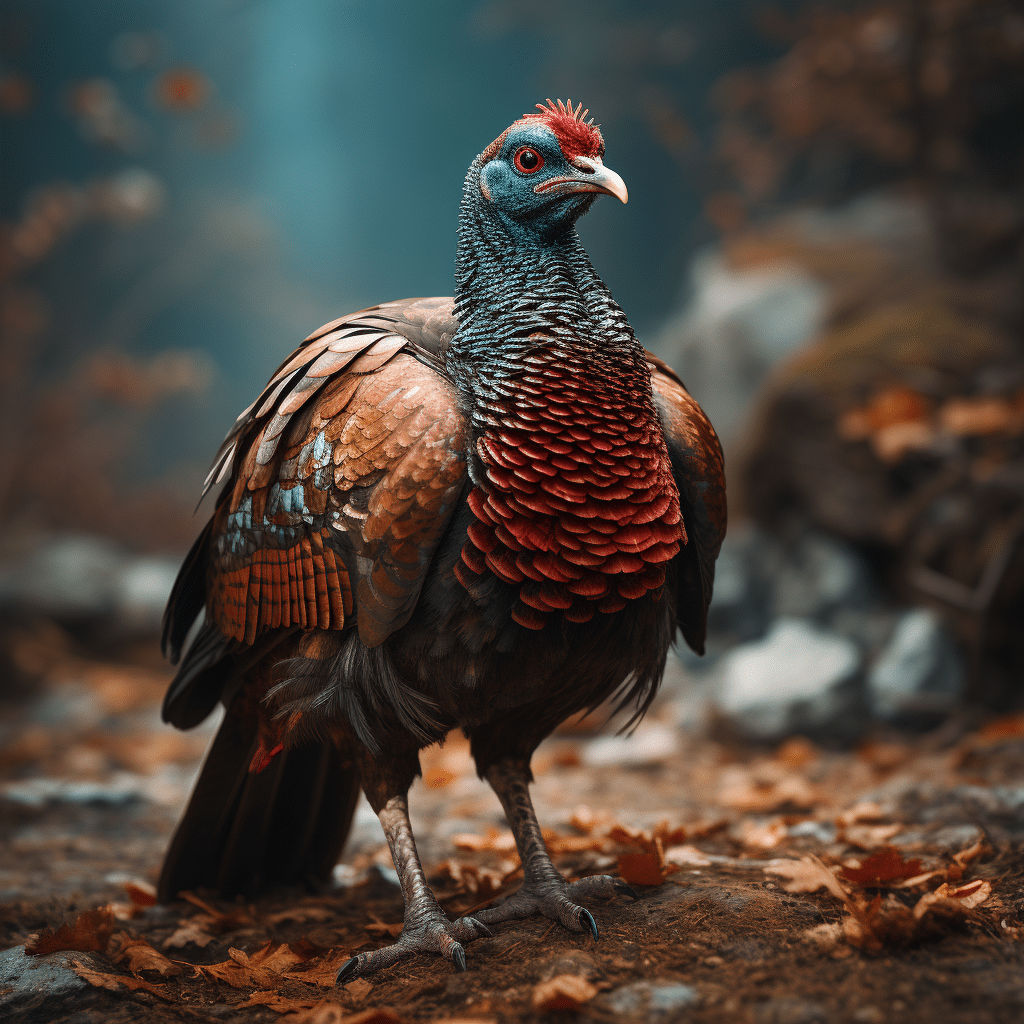
The Subtle Art of Turkey Cutts
Not to be overshadowed by the gobble’s bravado, the ‘cutt’ is the turkey’s equivalent of texting in all caps – a series of curt, directive sounds fired off in excitement. Researchers at the University of Georgia’s Wildlife Research Institute have peered into these vocal fanfares, observing their use in a variety of scenarios:
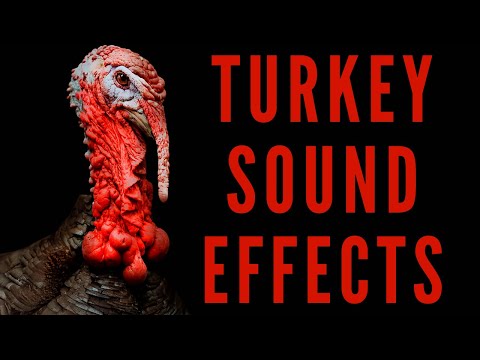
| Sound Type | Description | Purpose | Frequency of Use |
|---|---|---|---|
| Gobble | A loud, rapid gurgling sound | Primarily used by male turkeys in the spring to attract hens and establish territory | Often heard from treetops at dawn and dusk during mating seasons |
| Cutts (Cutting) | Loud, insistent, fast-paced notes | Used when turkeys are excited; a way to communicate readiness to breed or to elicit response from others | Can be heard throughout the day, especially during periods of high activity |
| Yelps | A series of soft to loud notes | Calls vary from lost calls to mating calls; often used for communication within a flock | Commonly used, can be heard any time of day |
| Clucks | A quiet, single or repeated note | Signifies contentment, or to get the attention of poults (young turkeys) | Frequent in a relaxed flock, throughout the day |
| Purrs | A soft rolling call | Indicates peace and contentment, can also be a sign of aggression in a mating context | Can be heard when turkeys are feeding and interacting peacefully |
| Cackles | A series of sharp, choppy notes | Often heard during flying down from the roost, or when a hen is startled | Usually heard in mornings or when turkeys are disturbed |
| Kee-kee-run | A series of high-pitched notes | Typically a call of lost or scattered turkeys, especially young birds | More common in fall, when young turkeys are trying to regroup |
| Alarms | A loud, sharp note | Warns other turkeys of potential danger | Only used when a threat is perceived |
The Clucks and Purrs of Turkey Talk
We’d be remiss not to chew the fat about turkey clucks and purrs. Invaluable to turkey-to-turkey chats, these sounds are the bread and butter of turkey discourse. Alongside the testimonies of seasoned turkey hunters who mimic these calls in the wild, avian behaviorists offer a window into their significance:
Through clucks and purrs, turkeys communicate contentment, curiosity, and a host of other sentiments, which humans can cleverly echo to draw them nearer during hunt season.
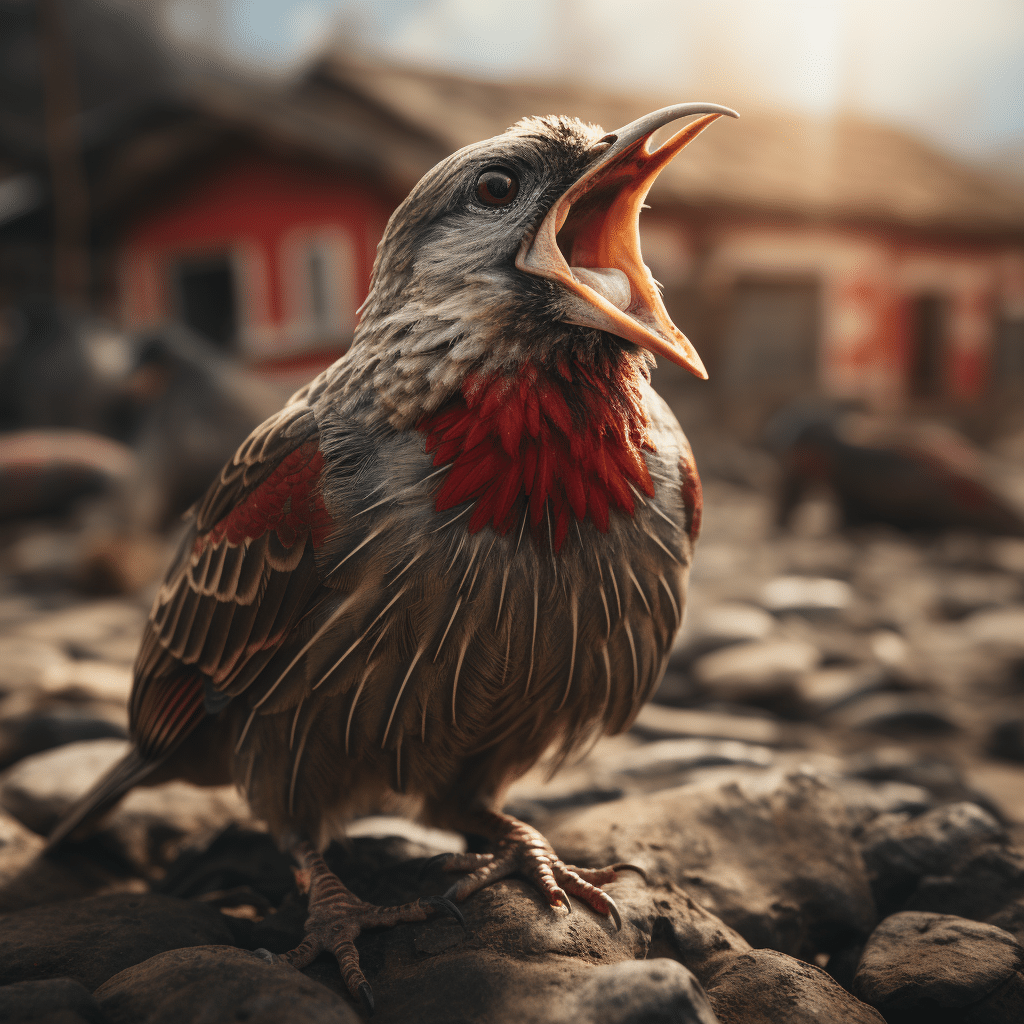
From Yelping to Kee-Keeing: The Language of Turkey Calling
Venturing deeper into the woods, we perceive the nuanced tones of yelps and kee-keees. These turkey vocalizations are linguistic gems, and diving into their meanings is akin to eavesdropping on secret conversations:
Wildlife ecologists and turkey callers alike, such as the legendary Joe Drake, have poured over these vocalizations, honing in on how to harness these wild dialogues as an art form.
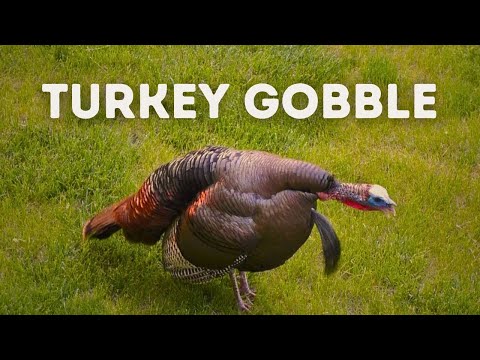
How Turkeys Communicate Danger: The Alarm Puts
When trouble’s brewing, turkeys have a sound for that, too. Enter the ‘putt’ – a sharp, short cluck, the turkey equivalent of slamming on the panic button. Research from the Mississippi State University’s Department of Wildlife, Fisheries and Aquaculture tells us:
The Seasonal Shifts in Turkey Vocalization Patterns
Turkeys aren’t just Thanksgiving icons; their vocal stylings dance with the calendar, marking the change of seasons with new pitches and frequencies. Leveraging long-term acoustic data, we can understand these shifts:
Conservation Efforts and the Importance of Turkey Sounds
Preserving the lexicon of turkey sounds goes beyond a hunter’s playbook or an ornithologist’s notebook. It nestles in the heart of environmental stewardship. Recognizing and protecting the turkey’s acoustic terrain is bound up with their wellbeing and, in turn, the health of our ecosystems.
Echoes in the Wild: Reflecting on the Language of Turkeys
As our shared day draws to a close, with twilight beckoning the nocturnal symphony of the woods, let’s ponder the language of turkeys – not only as wildlife enthusiasts but as stewards of the land. The next time you’re outside and catch the tail end of a turkey’s gobble, consider it an invitation to witness nature’s unbridled communication. Listen, learn, and respect the intricate narratives woven within the woodlands, and remember that each echo has its echo, indelibly inscribed in the tapestry of our natural heritage.
The Diverse World of Turkey Sounds
When it comes to the rich tapestry of turkey sounds, “gobble gobble” is just scratching the surface. You might be as surprised as a sneaker in Keens Sandals stepping into a hidden puddle to learn that turkeys showcase a whole range of vocal theatrics. For instance, the cutting call, an erratic series of sharp notes, is akin to the unexpected plot twists in the controversial Golshifteh Farahani nude scenes that defy expectations. This call is typically a hen’s way of signaling her location to a tom during the breeding season. But wait, there’s more – just like flipping through the times herald record, the variety of turkey sounds provides a fascinating look into their daily communication.
Gobbles, Yelps, and Purrs
Heading into the thicket of turkey calls, we meander across yelps and purrs that could resonate as clearly as passages from The ethiopian bible, carrying deep historical roots in turkey heritage. The yelp is often a casual conversation piece among turkeys, ranging from a young poult’s tentative chirp to the robust call of a dominant hen. Meanwhile, the purr is a sign of contentment comparable to the satisfaction one feels after finding a brilliant Postmates Promo code. These vocalizations are less about the shock and awe of the gobble and more about the nuanced turkey chatter of day-to-day life.
Turkeys in the Wild: Cutts, Cackles, and Kee-kees
Yet, the real intrigue of turkey talk might just be found in the lesser-known sounds, such as the kee-kee – a call as rare and intriguing as hearing about the 1996 presidential election from someone who was there. It’s a fall call, mostly used by young birds to regroup. Speaking of the weather, you might want your own real-time Idalia live tracker to monitor how the seasons affect turkey behavior and their calls. And let’s not ignore the cackle: a series of rapid, staccato notes from a hen flying down from the roost, perhaps as frenzied as a magazine reader reacting to the latest fitness trends in Womens health mag..springframework
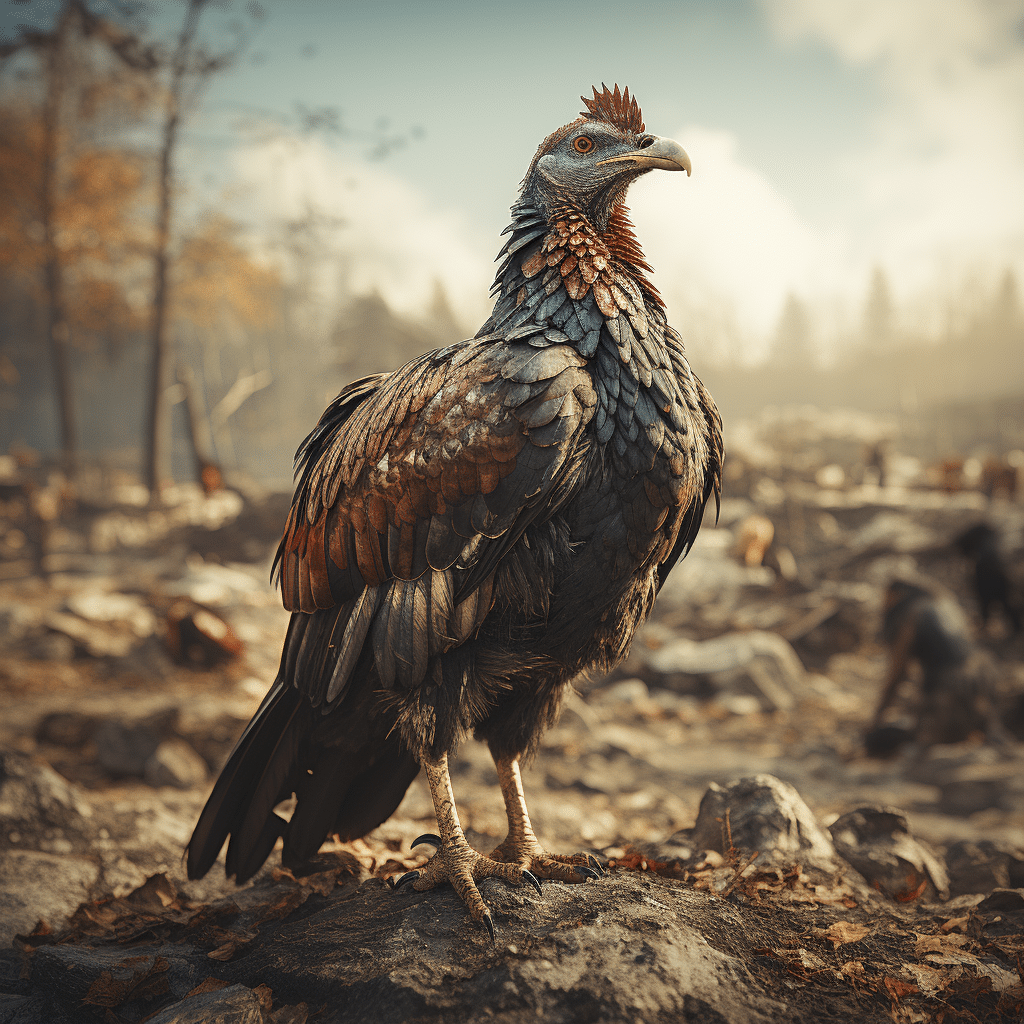
What sound does a turkey make?
What sound does a turkey make?
Well, if you’ve ever been out in the woods in spring, you’ll know that male turkeys, or gobblers as we call ’em, love to strut their stuff with a booming “gobble.” It’s their way of chatting up the ladies—that is, the hens—and letting other toms know, “Hey, this is my turf!”
Why is my turkey making weird noises?
Why is my turkey making weird noises?
Hey, don’t freak out! Turkeys are a chatty bunch, and those weird noises are probably just part of their daily gabfest. From the “gobble, gobble” of the boys to the “cutt, cutt” when they’re all hyped up, turkeys have a whole lingo for everything from flirting to sounding the alarm.
What is the gobble on a turkey called?
What is the gobble on a turkey called?
That gobble thing hanging down from a turkey’s throat? That’s the wattle! Talk about a fashion statement—it’s like nature’s gaudy necktie, especially for the males. They fill it up with blood, and it’s basically their way of saying, “Look at me, ladies!”
How many different sounds can a turkey make?
How many different sounds can a turkey make?
Guess what? Turkeys could totally win a bird-version of “America’s Got Talent.” These vocal virtuosos have got at least 29 different calls in their repertoire. Yup, biologists confirmed it, and if you’re into turkey talk, there’s plenty to listen for!
What are three sounds turkeys make?
What are three sounds turkeys make?
Turkeys have a whole orchestra of sounds! There’s the famous “gobble” that every Tom, Dick, and Harry knows, the “cutts” they blabber when they’re all keyed up, and let’s not forget those soft “clucks” they use for turkey small talk. It’s like they have their own language!
Why do turkeys go silent?
Why do turkeys go silent?
Hey, turkeys aren’t dummies; they clam up for good reason! If they suspect something’s fishy, or some nosy predator’s creeping around, they’ll go quieter than a mime at a library. It’s turkey survival 101—shush up and you might just stay off the menu.
What sounds do turkeys hate?
What sounds do turkeys hate?
Ah, turkeys, despite all their noises, they’ve got their pet peeves too. Sudden, loud sounds that scream “DANGER!” can really ruffle their feathers. Think car horns, barking dogs, or anything that says, “Party’s over, turkeys!”
Do male and female turkeys make different noises?
Do male and female turkeys make different noises?
You betcha! Male turkeys are the show-offs with their raucous “gobble,” while the ladies, or hens, keep it cool with more mellow sounds like “yelps” and “purrs.” It’s like they’re from two different worlds—Mars and Venus, turkey style!
What does a turkey cluck mean?
What does a turkey cluck mean?
Well, when a turkey “clucks,” it ain’t just shootin’ the breeze. It’s more like a casual “hey” to other turkeys nearby—sort of a turkey text message to check in or keep the flock together. No biggie, just turkey talk!
Where do turkeys sleep?
Where do turkeys sleep?
Believe it or not, turkeys are all about that tree life when it comes to snoozing. At dusk, they fly up to those branches, hunker down, and doze off high above the ground. Keeps them safe from ground-level troublemakers—smart, huh?
What are female turkeys called?
What are female turkeys called?
Oh, the gals of the turkey world? They’re known as hens. And while they may not have the gobbler’s showbiz flair with the big tail fan and all, they’ve got their own understated charm.
Can female turkeys gobble?
Can female turkeys gobble?
Well, here’s the scoop: generally, the ladies—those hens—usually stick to softer calls, like yelps and clucks. Seems gobbling is more of a guy thing, with the toms using it as their loud-and-proud singles ad!
How far away can a turkey gobble be heard?
How far away can a turkey gobble be heard?
You’re not gonna believe this, but a turkey’s gobble can roll through the woods and over the hills like a thunderclap, reaching ears up to a mile away. Talk about a long-distance call—not your average bird chirp!
Are backyard turkeys loud?
Are backyard turkeys loud?
Backyard turkeys? Oh, they can crank up the volume when they want to, what with their gobbles, yelps, and purrs. If you’ve got a rafter of these feathery friends, let’s just say, you won’t need a morning alarm!
What sound do female turkeys make?
What sound do female turkeys make?
The ladies in the turkey world, those hens, they’re not as rowdy as the boys. They’ve got a whole set of sounds—like soft yelps, clucks, and purrs—that’s more their style, kinda like the whispers of the turkey world.
What are the terms for turkeys?
What are the terms for turkeys?
Get ready for Turkey Talk 101! The big boys are “gobblers” or “toms,” the gals are “hens,” the kiddos are “poults,” and when they’re all hanging out together, that’s a “rafter” of turkeys. How’s that for some poultry parlance!
What is the best call for turkeys?
What is the best call for turkeys?
Listen, the best turkey call? It’s a toughie since those birds are picky listeners. But a good imitation of their “yelp” can usually get their attention. It’s all about hitting the right notes—think turkey karaoke!
How do you make a turkey gobble sound?
How do you make a turkey gobble sound?
Wanna make a turkey gobble sound? It’s all about puffing out your chest and letting out a throaty, rapid-fire “gobble-gobble-gobble!” Imagine trying to impress someone with your best turkey impersonation—that ought to do the trick!
What is it called when a turkey fluffs up?
What is it called when a turkey fluffs up?
When a turkey fluffs up, that’s his way of showing off—it’s called “strutting.” The boys puff out their feathers, fan their tails, and strut around like they’re the king of the barnyard. It’s turkey machismo at its finest!

